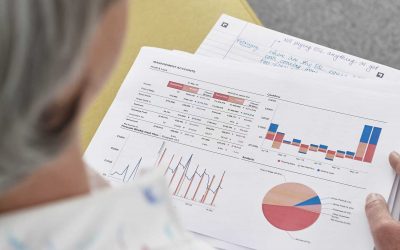Usually management accounts look very similar to the set of accounts that you get at the end of the tax year, but on a more regular basis – usually monthly – and in more detail.
Most cloud accounting software produces all these reports, so surely that’s enough? In some ways, yes it is, but there are two things to remember:
First: “rubbish in, rubbish out”. Simply printing out a snapshot of the accounts is unreliable. To improve the quality of the information you need to:
1. Make sure you have enough detail to see what’s going on – “Administrative costs” is good enough for the year end accounts, but does it help you see where the costs have built up?
2. Check all the sales and purchase costs have been included (and the accounts are up to date). this sounds simple, but isn’t as common as you’d think.
3. Think about making sure that only costs associated with this month are included – if you deduct a whole year’s insurance costs from one month’s sales your results may be skewed disastrously.
4. This is where stock counts come in, but also prepayments (spreading an invoice over several months) and accruals (estimates of costs not yet invoiced).
This creates accurate and reliable accounts. The second thing to remember is that there are no rules as to what you need to show in management accounts. The real benefits come from shedding light on what’s going on “under the hood” in your business.
Things like:
Financial metrics: debtor days (a comparison of how long customers take before paying), ratios splitting sales between different products or services, etc
Non financial metrics: customer numbers, spend per customer, active orders, etc
Variances: how this month compares to last month, or to forecast
Forward plans: a radar highlighting where problems should be expected, and an idea of liabilities (tax bills) in future.
Good management accounts should give you the information you need to identify the actions to take to steer the business towards the objectives that you want and they help you track the results of those strategies as well as the unintended consequences.
This is not about having reams and reams of paper to look through every month. You need a dashboard that shows the information that you need neatly summarized so that it doesn’t take an expert to find the figure that you want, and clear and unequivocal so that you can make decisions quickly.
If you would like to find out more, or you have a specific issue that you need help with then contact Susie either via the website here or direct on 07801 199671 or susie@poundlane.co.uk


One thought on “What makes good management accounts?”
Comments are closed.